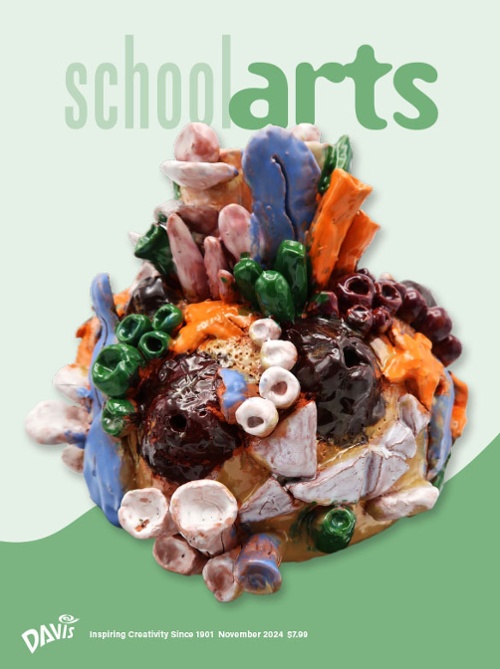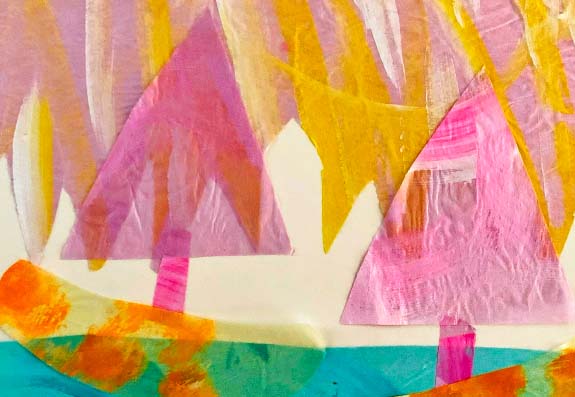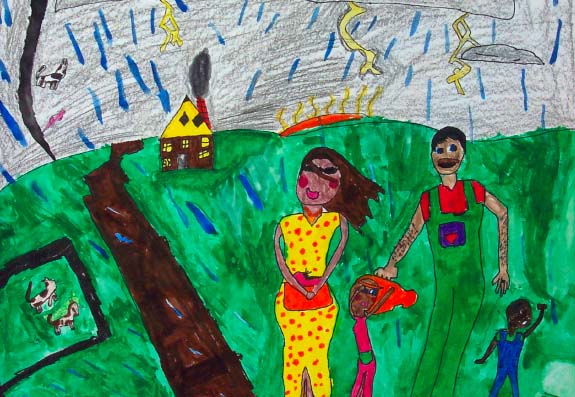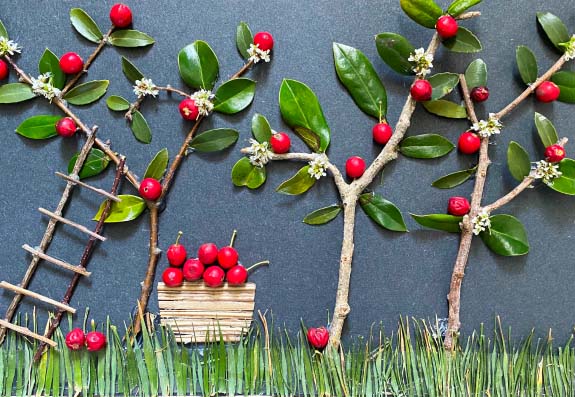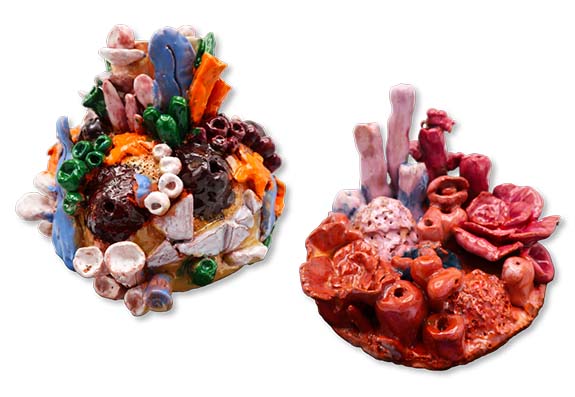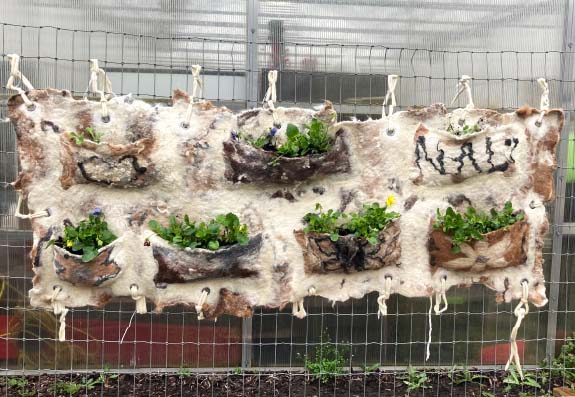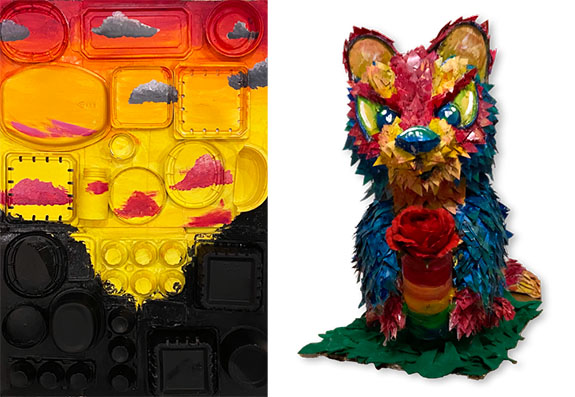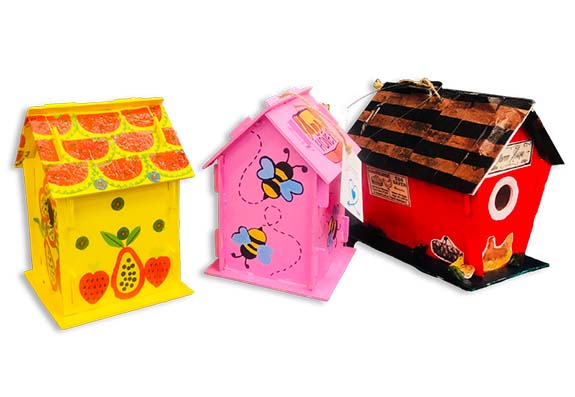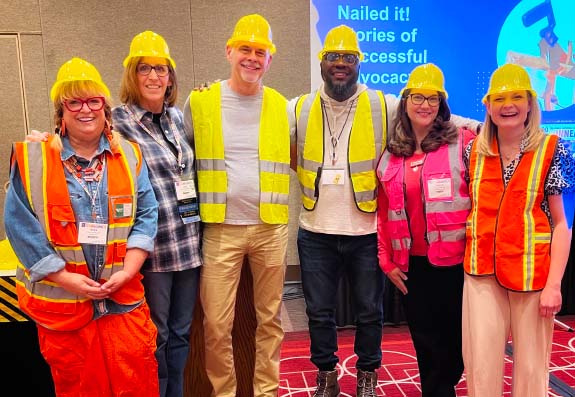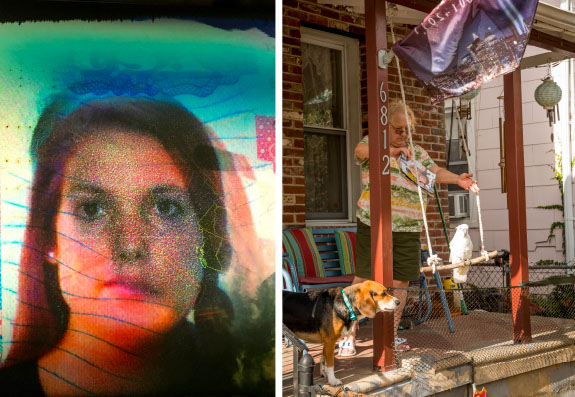
Editor's Letter: Nature
I remember sitting by Lake Michigan on Sunday mornings during the pandemic. Sitting, observing, and listening to the water’s movement put my mind at ease, helping me reach a meditative state. Nature is incredibly healing. During this time in my life, our home became a sanctuary for plants and the scent of Golden Coast incense. I share this story because I discovered that being vulnerable is key to personal and professional growth, and I was able to do so in nature. This mindset and way of being has allowed me to become more open to how I feel in the present moment, a better listener, and more attentive to the finer details.
Read Article
